Lynx L700PSNG Manual
Læs gratis den danske manual til Lynx L700PSNG (40 sider) i kategorien Grillplade. Denne vejledning er vurderet som hjælpsom af 26 personer og har en gennemsnitlig bedømmelse på 4.9 stjerner ud af 13.5 anmeldelser.
Har du et spørgsmål om Lynx L700PSNG, eller vil du spørge andre brugere om produktet?

Produkt Specifikationer
| Mærke: | Lynx |
| Kategori: | Grillplade |
| Model: | L700PSNG |
Har du brug for hjælp?
Hvis du har brug for hjælp til Lynx L700PSNG stil et spørgsmål nedenfor, og andre brugere vil svare dig
Grillplade Lynx Manualer
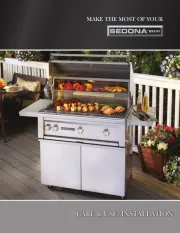

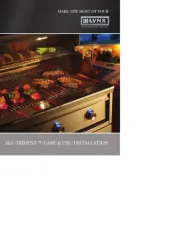
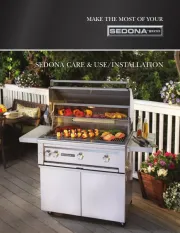
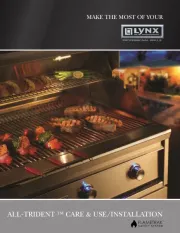
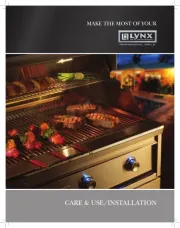
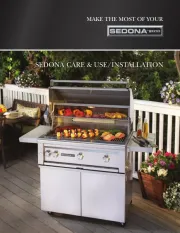
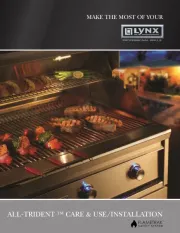
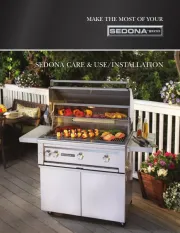
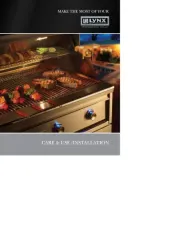
Grillplade Manualer
- Biltema
- Lakeland
- AccuTemp
- Klarstein
- Kunft
- Stilevs
- Primo
- Proctor Silex
- Casselin
- Cecotec
- DCG
- Wet Sounds
- Aroma
- Gutfels
- Garland
Nyeste Grillplade Manualer









